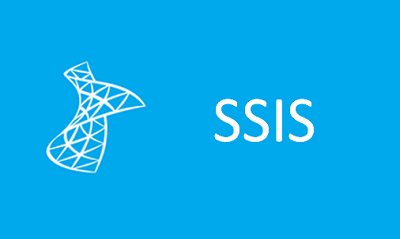SQL Server Integration Services
SSIS, or SQL Server Integration Services, is a versatile and powerful tool provided by Microsoft for data integration and workflow applications.

Key Benefits of using SSIS:
SSIS allows you to extract, transform, and load (ETL) data from various sources into destination systems. It supports a wide range of data sources including
SSIS provides a user-friendly interface within SQL Server Data Tools (SSDT) for designing, building, and
SSIS is designed to handle large volumes of data efficiently. It can process data in parallel and utilize multiple threads, which helps improve performance and
SSIS offers a variety of built-in transformations for manipulating data during the ETL process. These include
SSIS provides robust error handling capabilities, allowing you to define how errors are handled during data processing. It also
SSIS integrates seamlessly with other Microsoft products such as SQL Server, Azure, Excel, and SharePoint. This interoperability simplifies the process of
SSIS allows you to create complex workflows by chaining together multiple tasks and transformations. You can schedule these workflows to run at specific times or in response to
SSIS supports incremental data loading, which enables you to update only the changed or new records in the destination system, rather than reloading the
SSIS offers various security features to protect sensitive data during the integration process. You can encrypt sensitive information, use secure connections, and implement role-based access control to ensure that only
As a widely used tool in the Microsoft ecosystem, SSIS benefits from a large and active community of users and developers. You can find plenty of resources, tutorials, forums, and documentation
Overall, SSIS provides a comprehensive solution for data integration and workflow automation, offering scalability, flexibility, and a rich set of features to meet the needs of both small-scale projects and enterprise-level deployments.